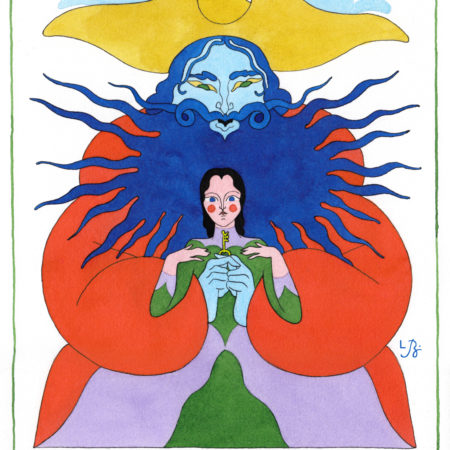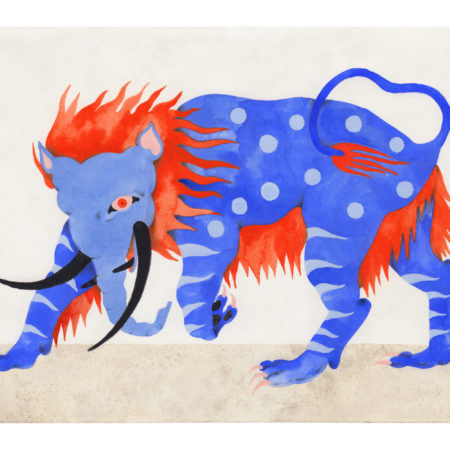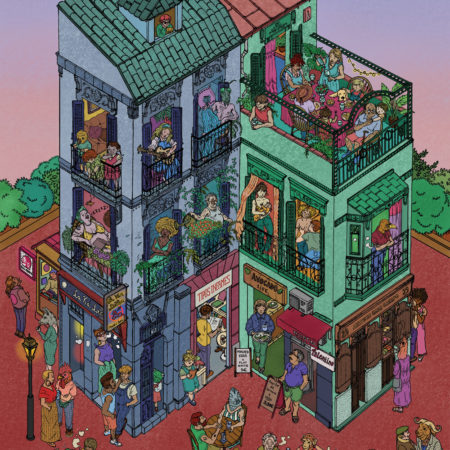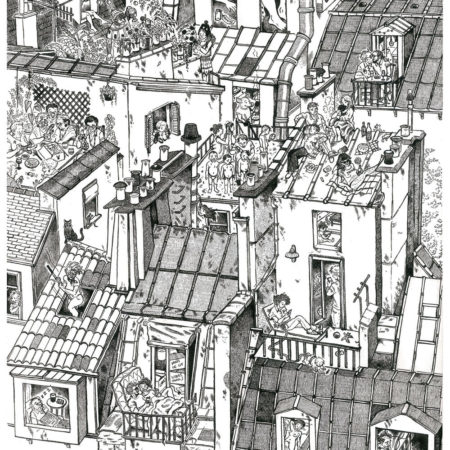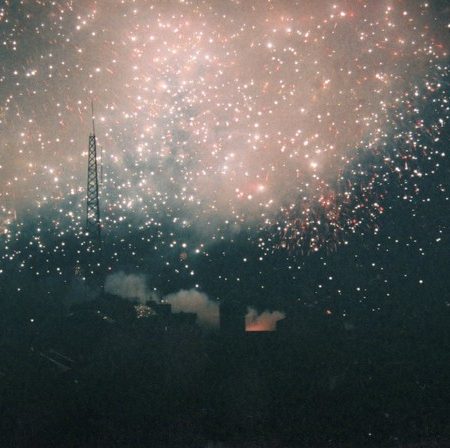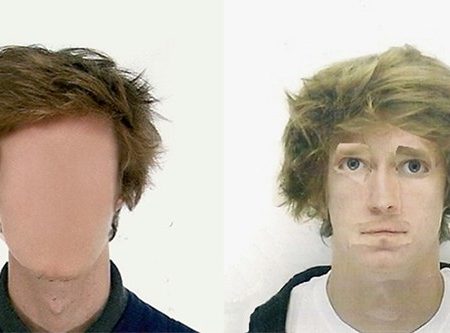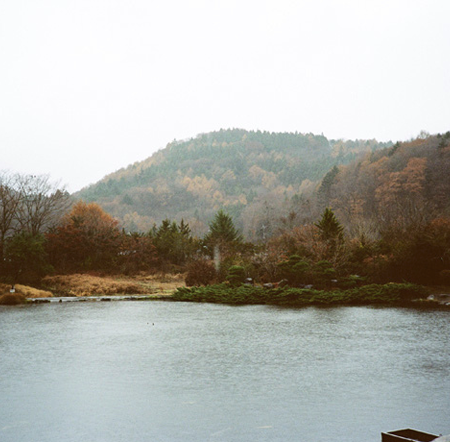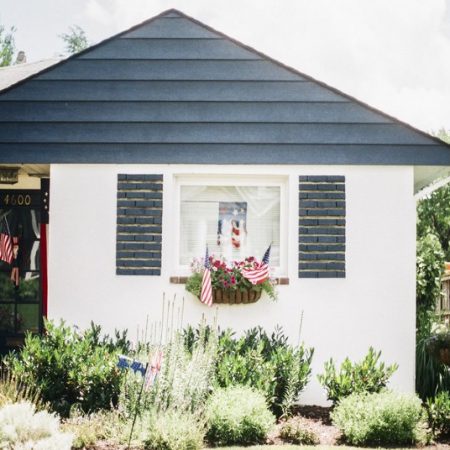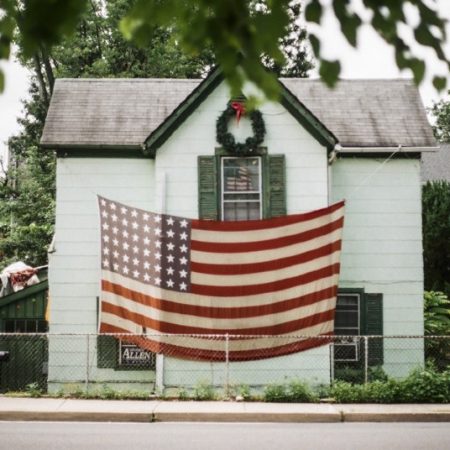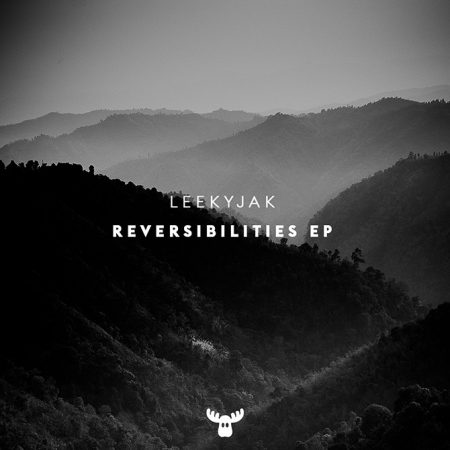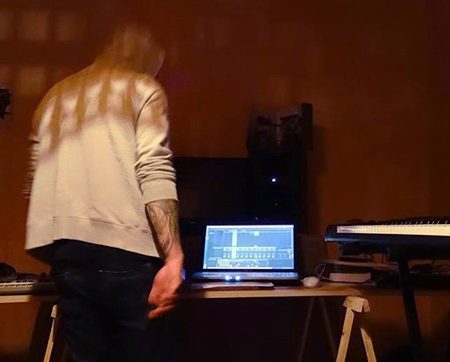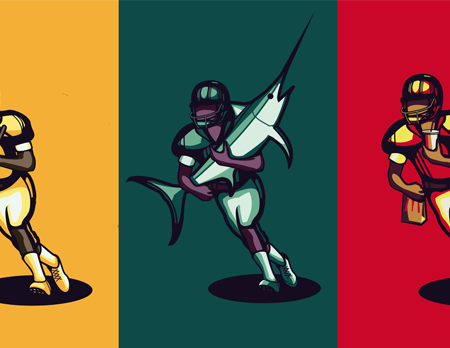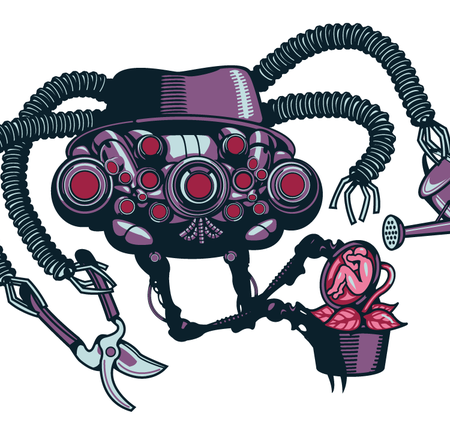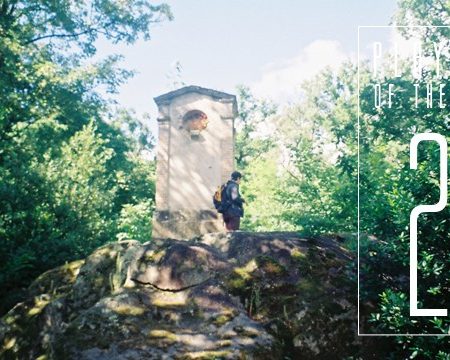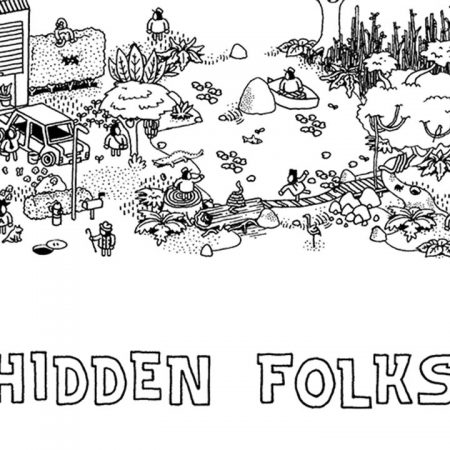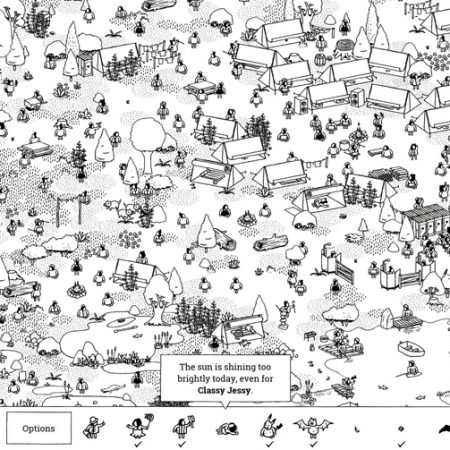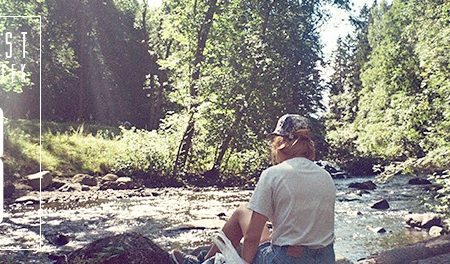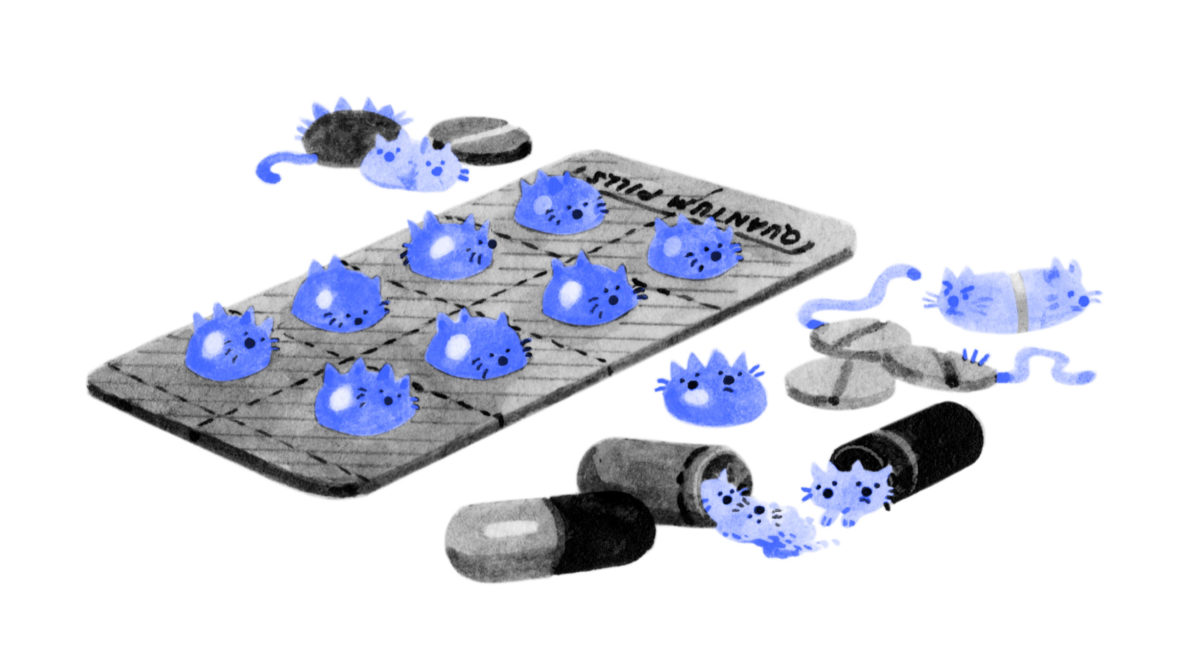
Actually the universe wasn’t supposed to be black but transparent.
ève barlier
ART . February 4th, 2021First of all, who are you?
I am a young artist impassioned by science and other dark fields I assume I don’t know enough about. I come from a small village near Saint-Étienne, France. When I was a kid, I always thought I would end up drawing my own children’s books. I moved to Paris to study illustration and completed my studies with a first master’s in science illustration and a second in Visual Didactics (graphic communication designed for education), in Strasbourg. At the same time, I gradually got involved in other activities such as playing music, writing, studying physics, and learning languages. I am now trying to put the pieces of that puzzle together. Today, I would describe myself as a science illustrator, but I aspire to add many more unexpected prefixes to that title.
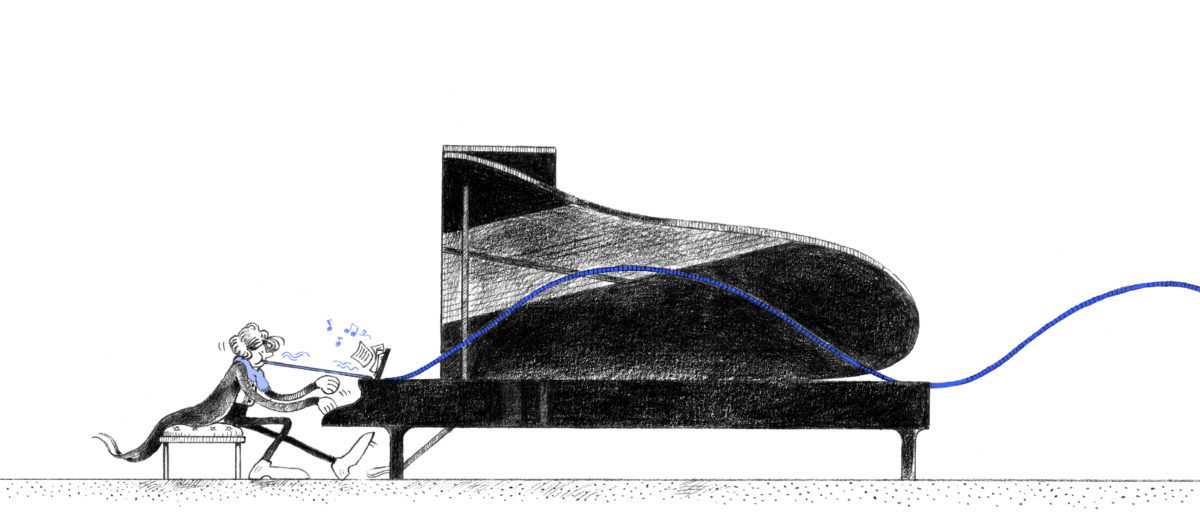
Can you give us 5 words that, according to you, describe your work?
Meticulous, overabundent, imaginative, vibrant, quirky
What could we listen to whilst reading that interview?
I would suggest Microcosmos’ original soundtrack. It’s an old French documentary film about small bugs. They developed special macro cameras to film the tiniest details and the music composed by Bruno Coulais is very poetic.
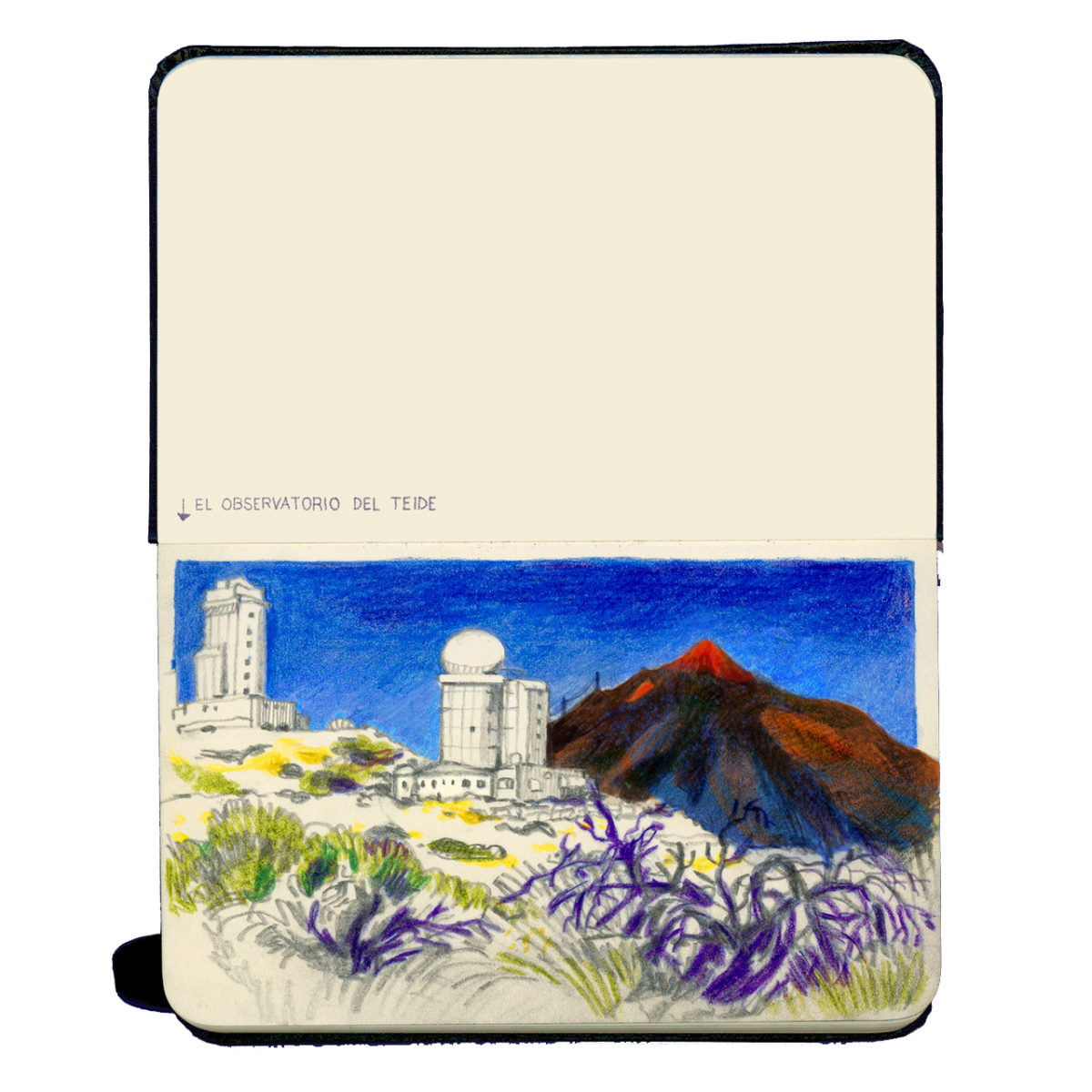
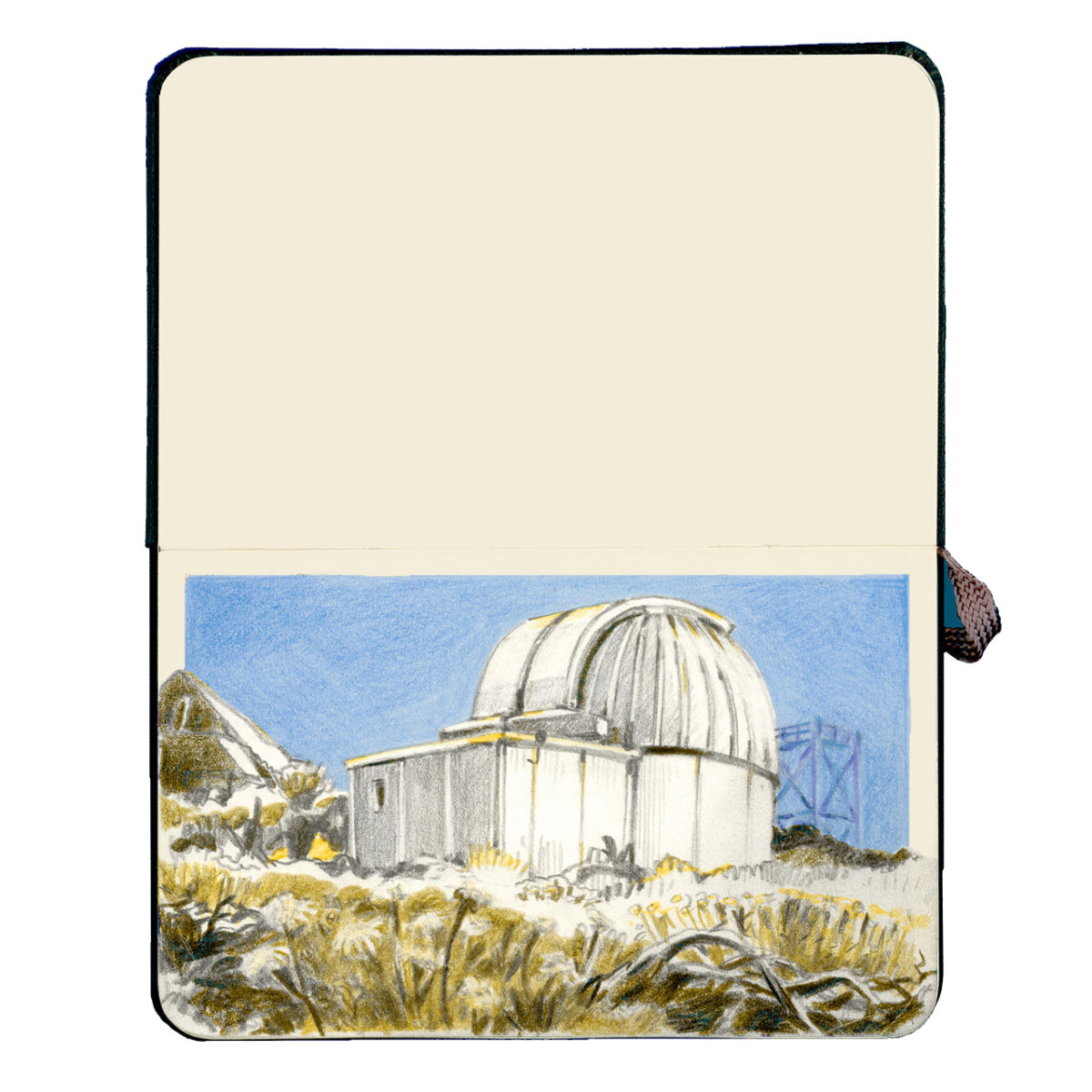
How do you feel when you’re drawing?
The process of drawing is usually quite painful for me: I mostly draw for work under pressure, when everybody’s sleeping around and my batteries are running out. It unexpectedly contrasts with the tone of my illustrations. Therefore, painting natural landscapes from my travels thrills me, it’s a totally different approach, much more contemplative, that helps me to feel, fix and remember the fourth dimension of my environment.
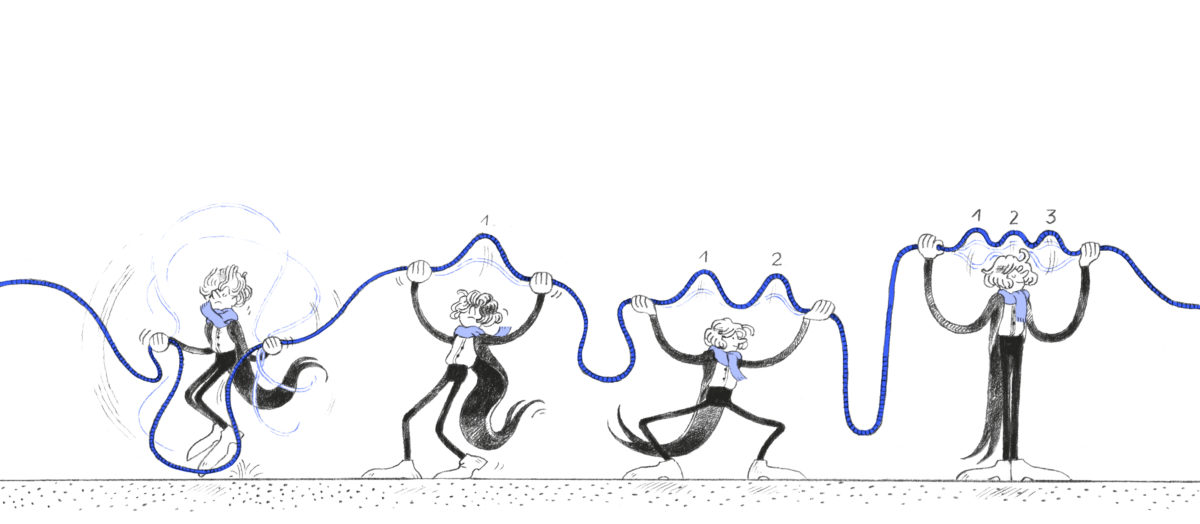
How does the connection between science and illustration work in your head?
I can only understand scientific concepts via visual representations in my mind. I simulate situations, build stories and put equations in small metaphorical words to assimilate new ideas. Drawing those things outside my head then let me communicate with the specialists I work with and highlights the personal paths I take to digest the information. Afterwards, the next challenge is to design illustrations that would work within other’s minds too.
What similarities do you see between both ?
The process in designing educational illustration has a lot in common with scientific protocols. Your art studio is a laboratory. First you need to study and analyse the fundamental sources, then you draw sketches as experiments to build an accurate strategy of communication. Finally you get your results checked and published when the objectives are fulfilled. And sometimes you get published even though they are not, but that’s another problem.
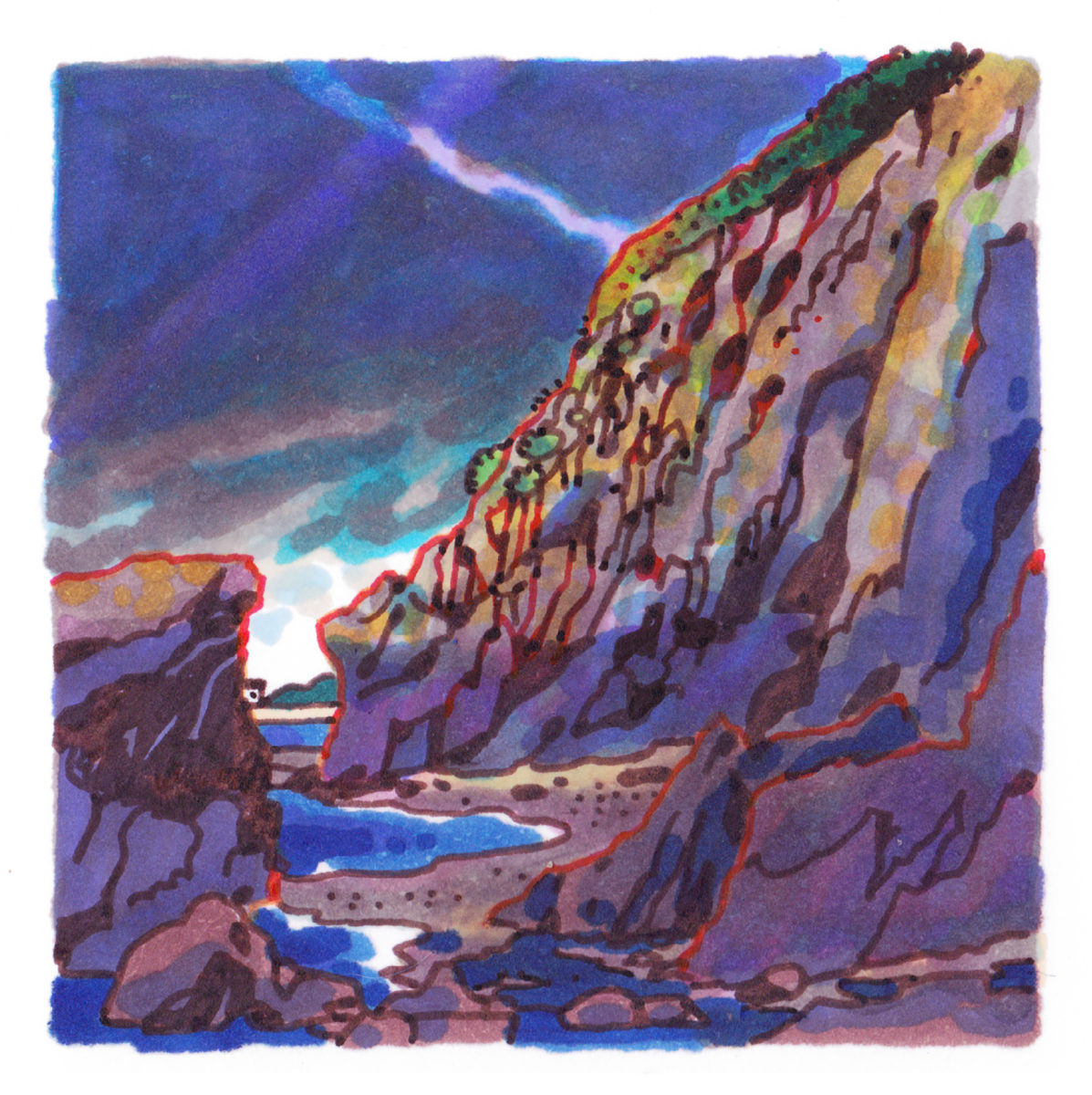
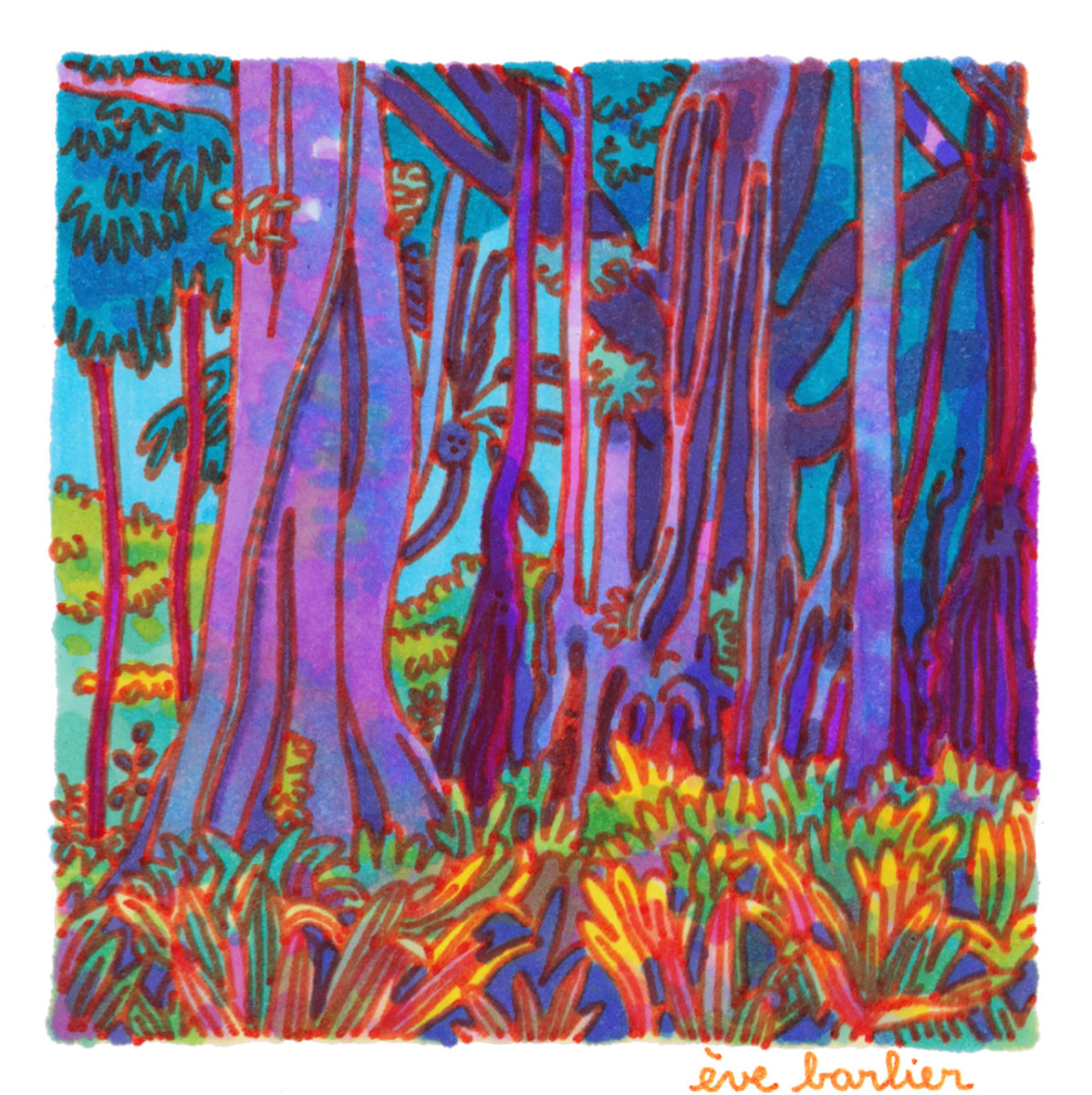
Are you an illustrator for The Museum of Natural History of Paris? What do you do for them?
I work from time to time for The Museum. I’m currently finishing a set of naturalist illustrations about bees, beetles, bats, worms and other nice creature’s life cycles aimed at farmers and others for children. Last time, it was all about craters and meteorites. It’s interesting because from a project to another, I can acquire thorough knowledge in very specific fields. It’s a good way to impress people in a random conversation.
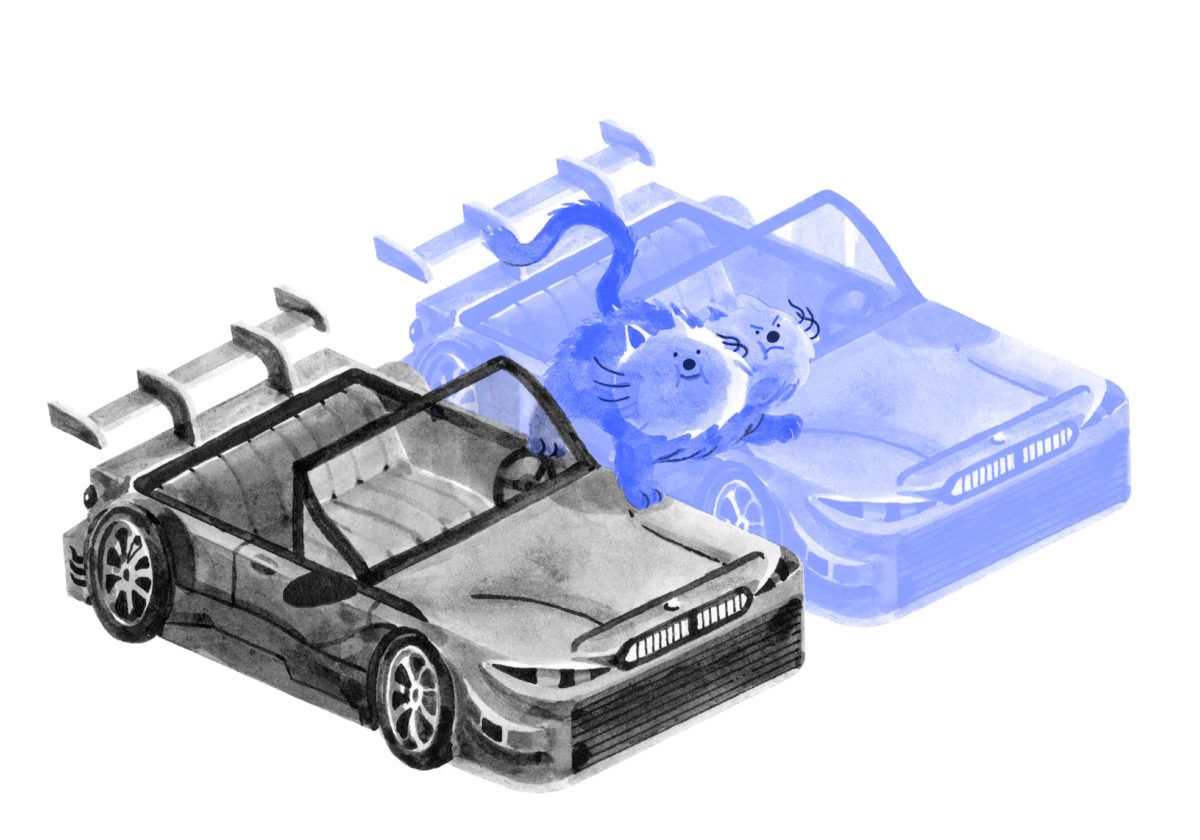
Can you tell us about the work you’ve done for the book “Quantique Autrement” (An Alternative Quantum Physics)?
Julien Bobroff, a brilliant physicist, professor and author, asked several science illustrators and designers to collaborate on his new book around particle physics. The collaboration with Julien was challenging for many reasons: we agreed on trying to create singular but accurate representations of an extremely abstract field of research, and for that, we had to find ways to make our own brains communicate simultaneously.
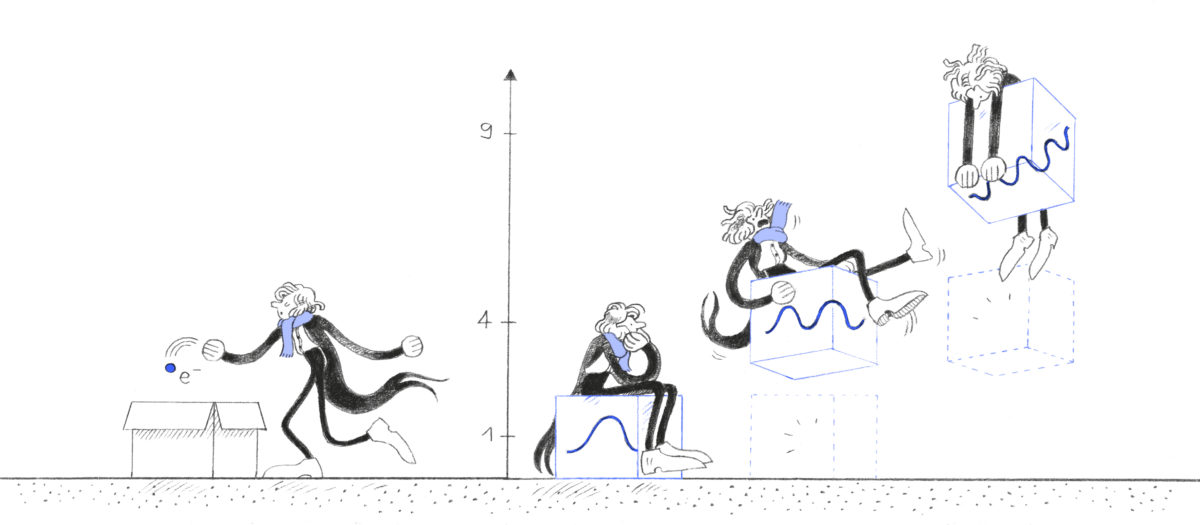
Julien Bobroff is very calm, serious and straight focused on the final objective, whereas I’m more effusive and I can be all over the place. After all, I found our personalities surprisingly complementary on this project because he was demanding yet genuinely open to my ideas sometimes madcap, and I’m also quite perfectionist so I was concerned about both the content and its form. Together, we dived head first into a science both fascinating and formidable to reveal its wonders to the general public with a certain amount of humour and above all, no equations at all.
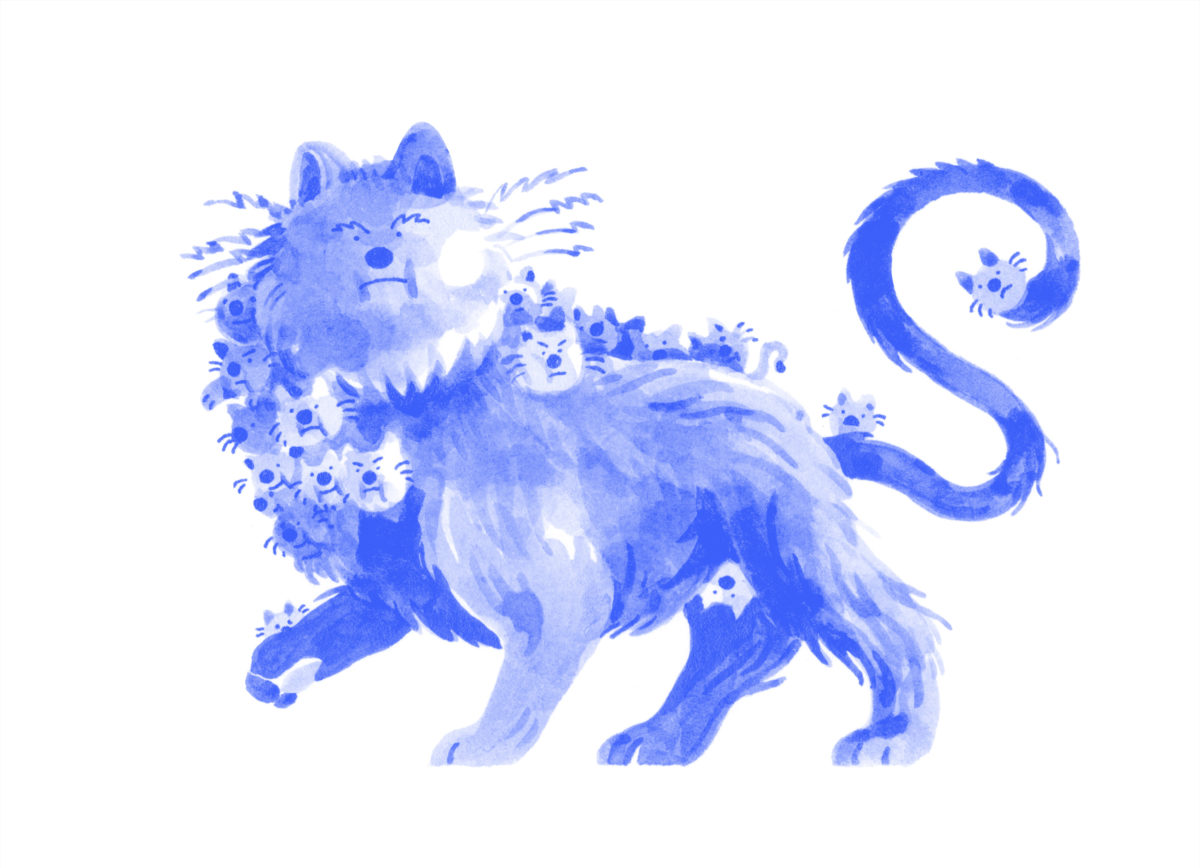
The art and science book La Quantique Autrement gathers together astonishing educational images: from Shrödinger’s cats in the middle of quantum computers, to exclusive tips from Ludwig van Beethoven to make a real wave-particle duet, and every trick in between to show the reader how to build their first atom. Aside from the book, we put all the artworks produced on a digital platform aimed at physics professors to make it as accessible as possible. The whole project was gratifying!
What is the most exciting thing you’ve learned in science class?
When I was doing an internship at Lyon Observatory, an astronomer gave me my very first lesson in cosmology (the study of the universe on a large scale). I was fascinated about the Cosmic Dark Ages within the chronology of the Big Bang theory. It was a period before the formation of stars and galaxies where no light was emitted. Actually the universe wasn’t supposed to be black but transparent. Even more spectacular isn’t it? I feel extremely excited when specialists take the time to teach me about the Universe.
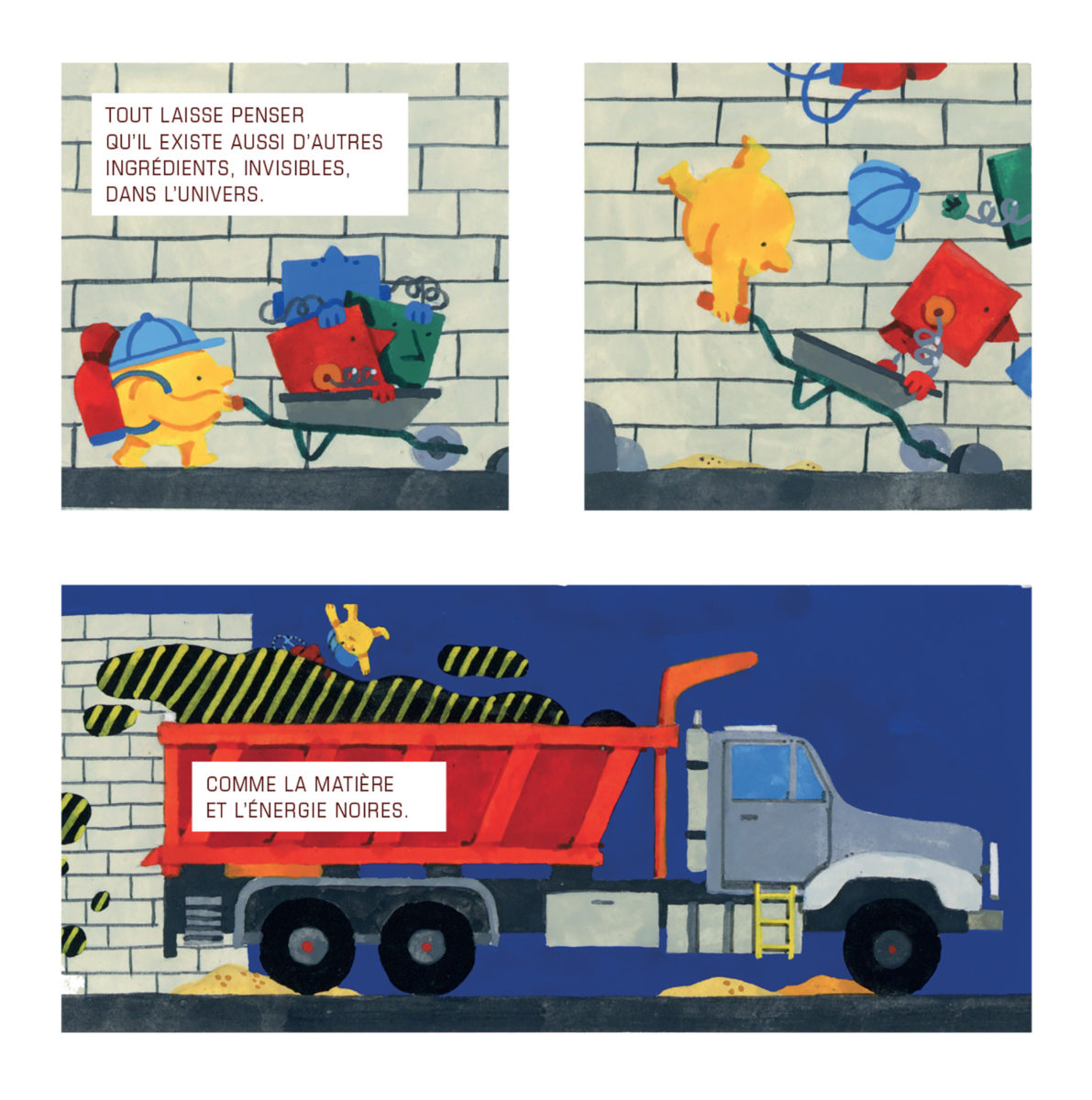
What were you drawing as a kid?
I’ve always been too perfectionist. Very early, I started to draw characters with all their fingers and toes and would harshly judge anyone who forgot to paint the neck or some other crucial anatomical detail. I mean, children can be so remiss, it’s shocking!
What is the difference for you between illustrating science for kids and for adults?
One very important thing to me is to always draw with the same care and level of detail for kids as adults. I can sum up certain concepts, shorten narration threads and simplify the visual and textual vocabulary to make it understandable for children, nevertheless I aim for the same goals of precision, accuracy and humour. Although I admit I may allow myself to use brighter colours and sweeter characters for the youngest!
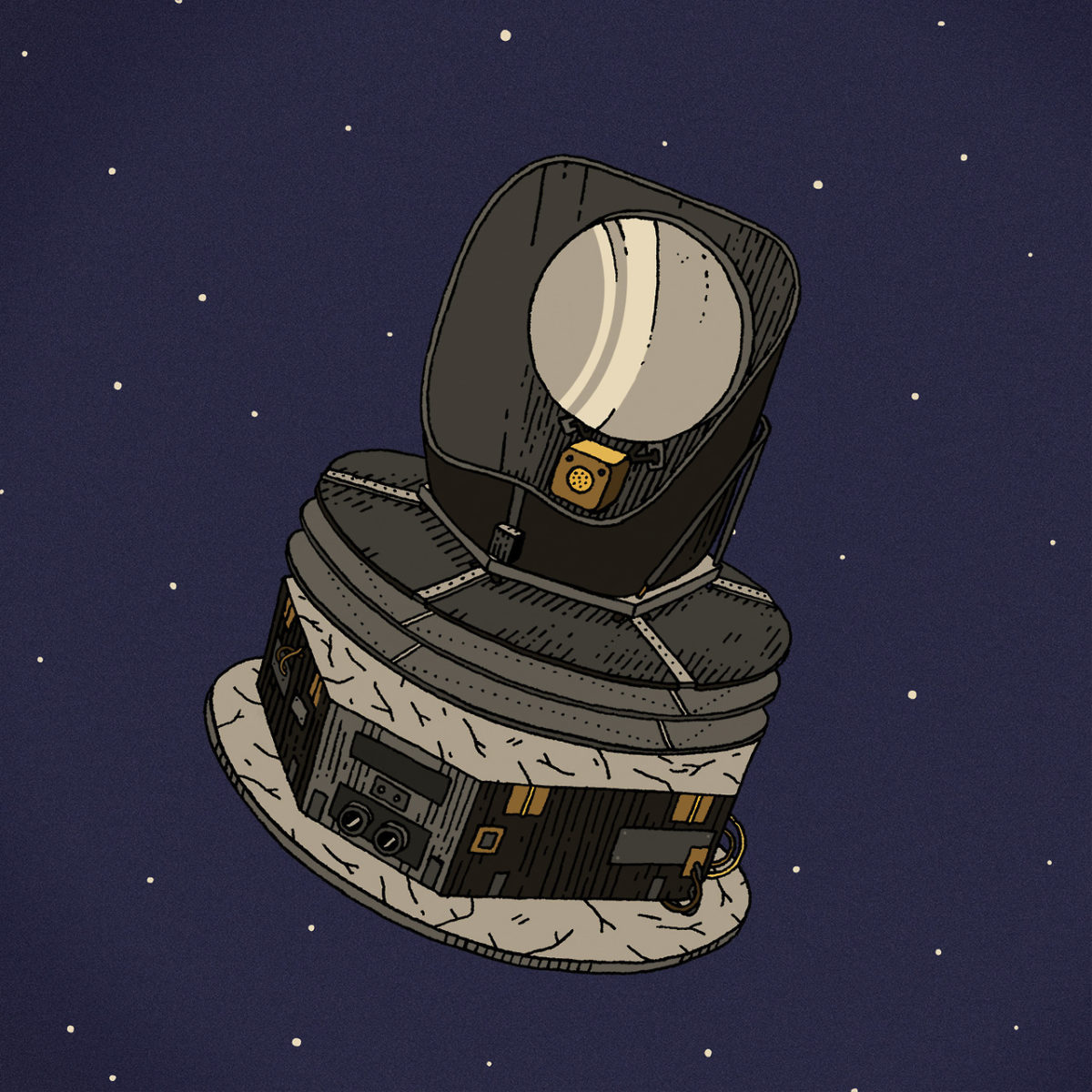
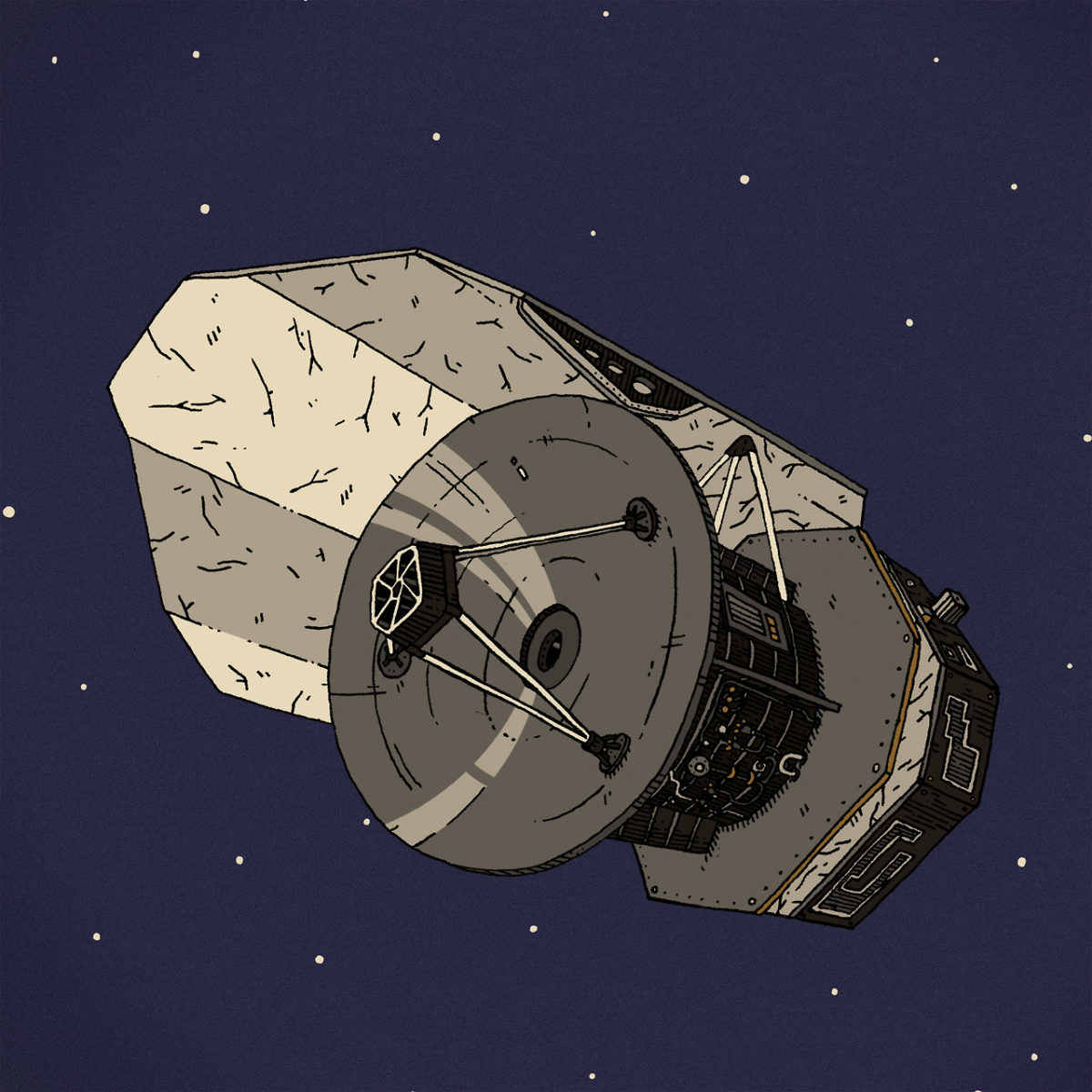
Can you tell us about your project with the astrophysicist, Roland Lehoucq?
Roland Lehoucq is one of the first scientists I collaborated with. We began to work on a small educational project about the Milky Way aimed at young people. I’m not very proud of it because I was a beginner in scientific illustration, but I’ve learnt a lot alongside him and he’s one of the most inspirational and supportive characters I have ever met. I now very secretly hope we will work together again at some point.
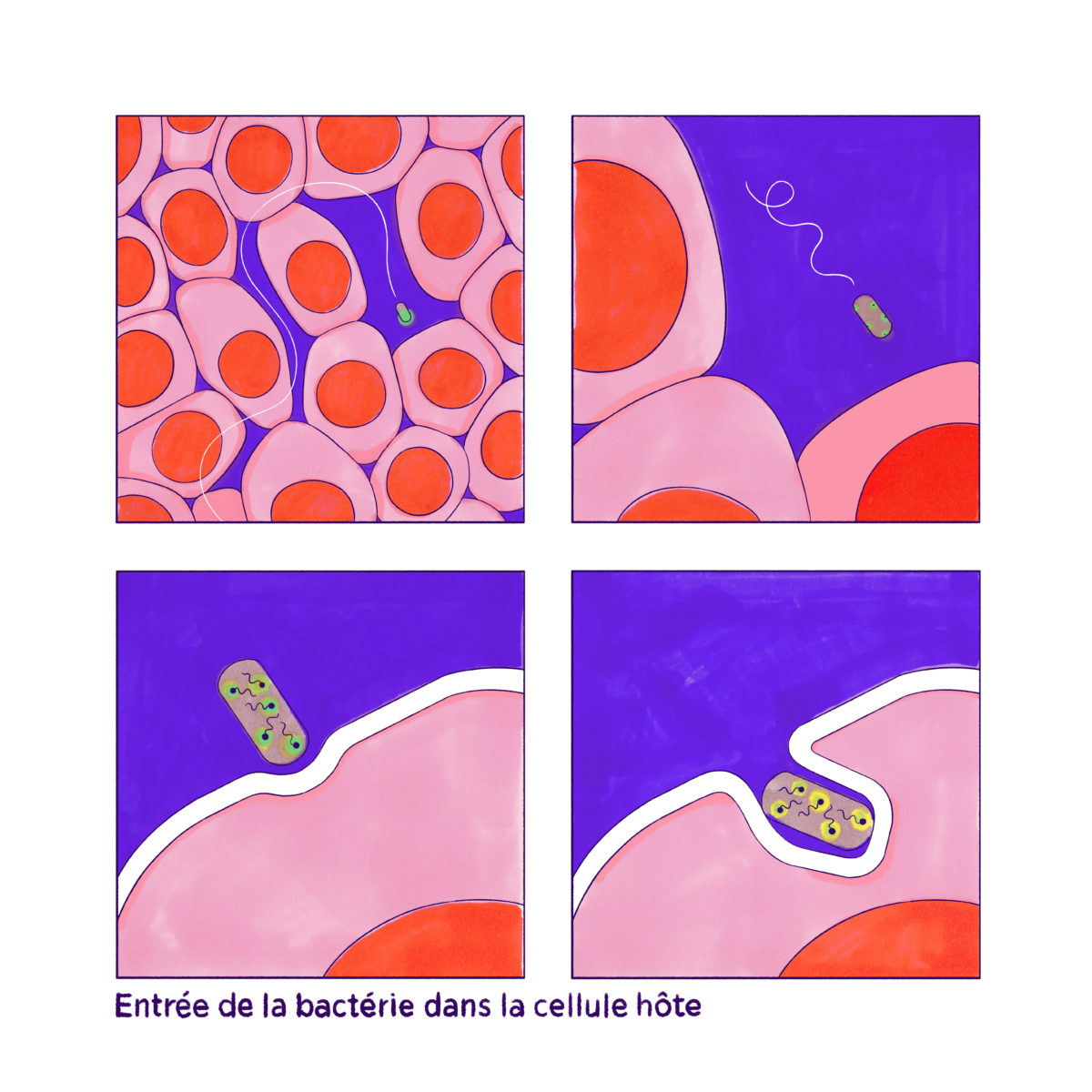
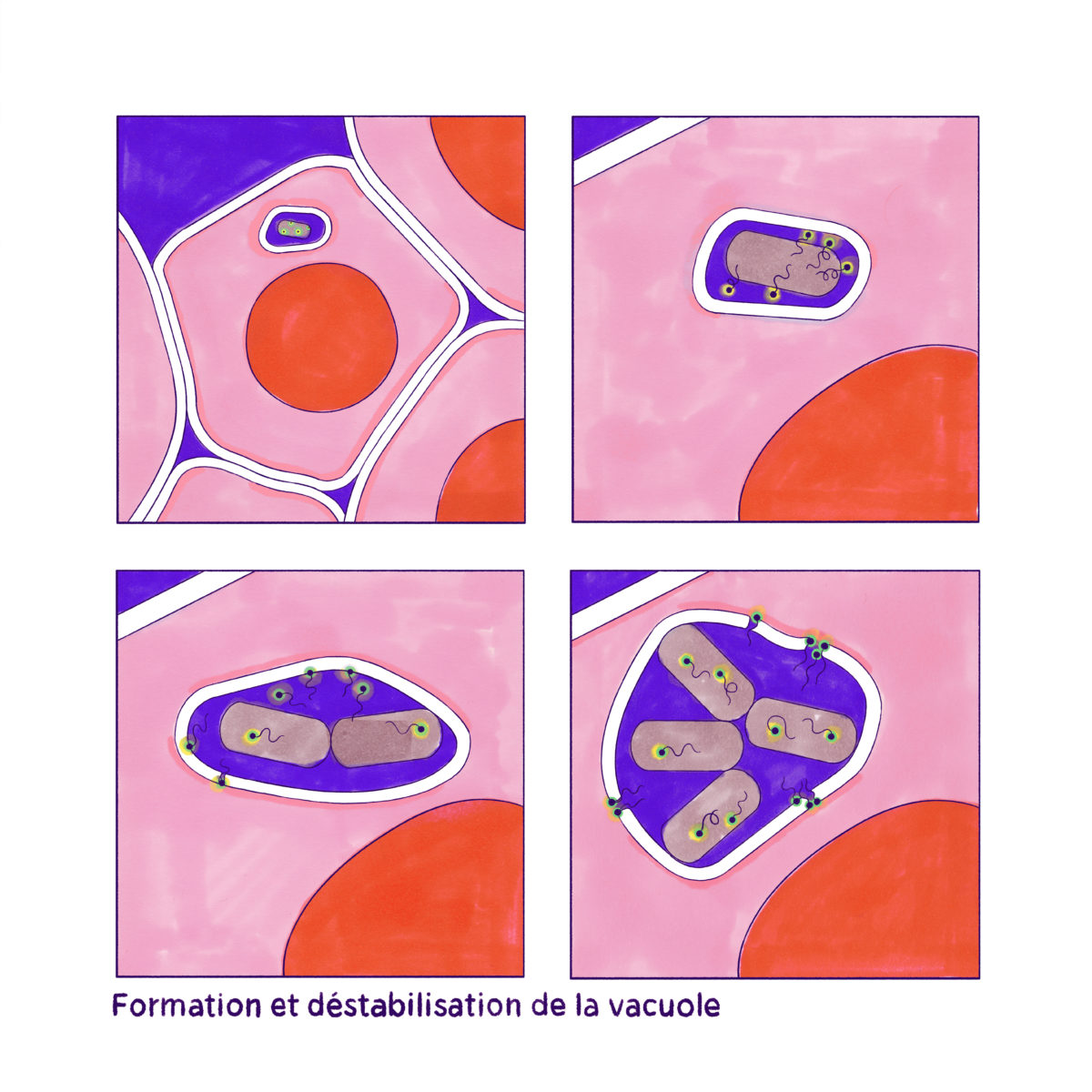
And how did you get to collaborate with Alice Lebreton? What is this project about and how do you work together?
In 2020, the École Normale Supérieure hired me to illustrate some of their articles and the microbiologist Alice Lebreton had just published a paper about FAST, a system of fluorescent imaging able to tag proteins secreted by bacterias. They sent me the original paper and after I read and properly misunderstood it, I did my own research and submitted sketches. We then discussed about it with Alice in person. At the time, she gave me an excellent lesson of biology. I adapted my drawings as the exchanges went by to finally get to an accurate and efficient series of educational images. The result was published in November 2020 in an article of the ENS written by Charlotte Dupenloup and Alice said she planned to use the illustrations for her next talks. I think the collaboration was quite horizontally mutually enriching.
Which other scientists would you like to work with?
I would like to work with more female, queer people, and with those who are less visible in science overall. More than famous figures, I look for open-minded people, inclined to communicate their knowledge with accuracy but also benevolence. For example, when I volunteered at the Institute of Astrophysics in the Canary Islands, I met inspiring and kind women involved in inclusive programs of science communication: to quote only some of them, Sandra Benitez Herrera, Nayra Eugenio Rodriguez, Itziar Anguita, Alejandra Rueda Moral (science journalist, does it count?), Paz Alonso Arias, Patricia Chinchilla Gallego… I would be glad to cross paths with them again to work on educational projects.
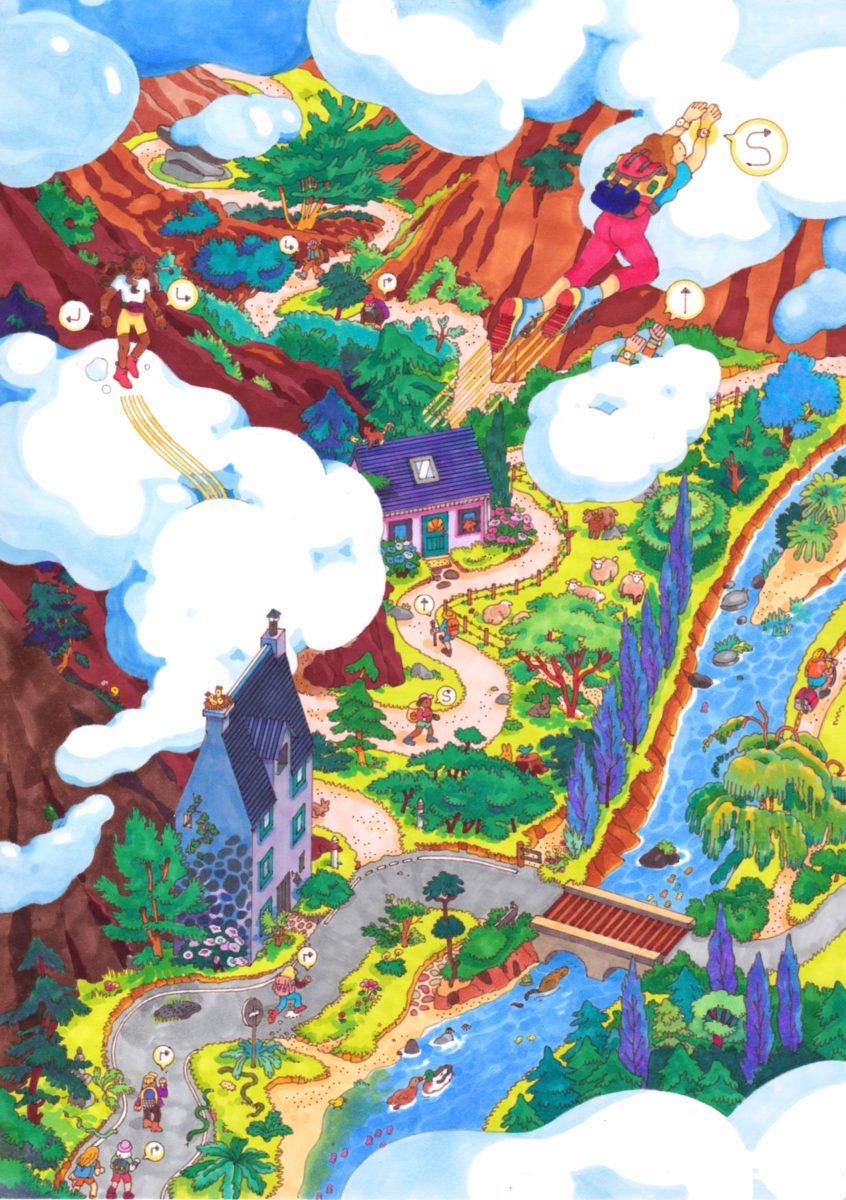
To finish, could you share with us some artists that inspire you?
I’m fascinated by Paul Cox’s artwork. He’s got this very inventive way to play with shapes and colours that makes me feel like I’m in the widest and most exciting graphic playground. I can decide whether it’s just witty or purely brillant.
I’ve also naturally been very influenced by the young generation of French illustrators around me: Line Hachem who’s like a swiss army knife of contemporary illustration, the irresistible Antoinette Metzger and her off-the-wall humour, Paul Loubet for his crazy little worlds…
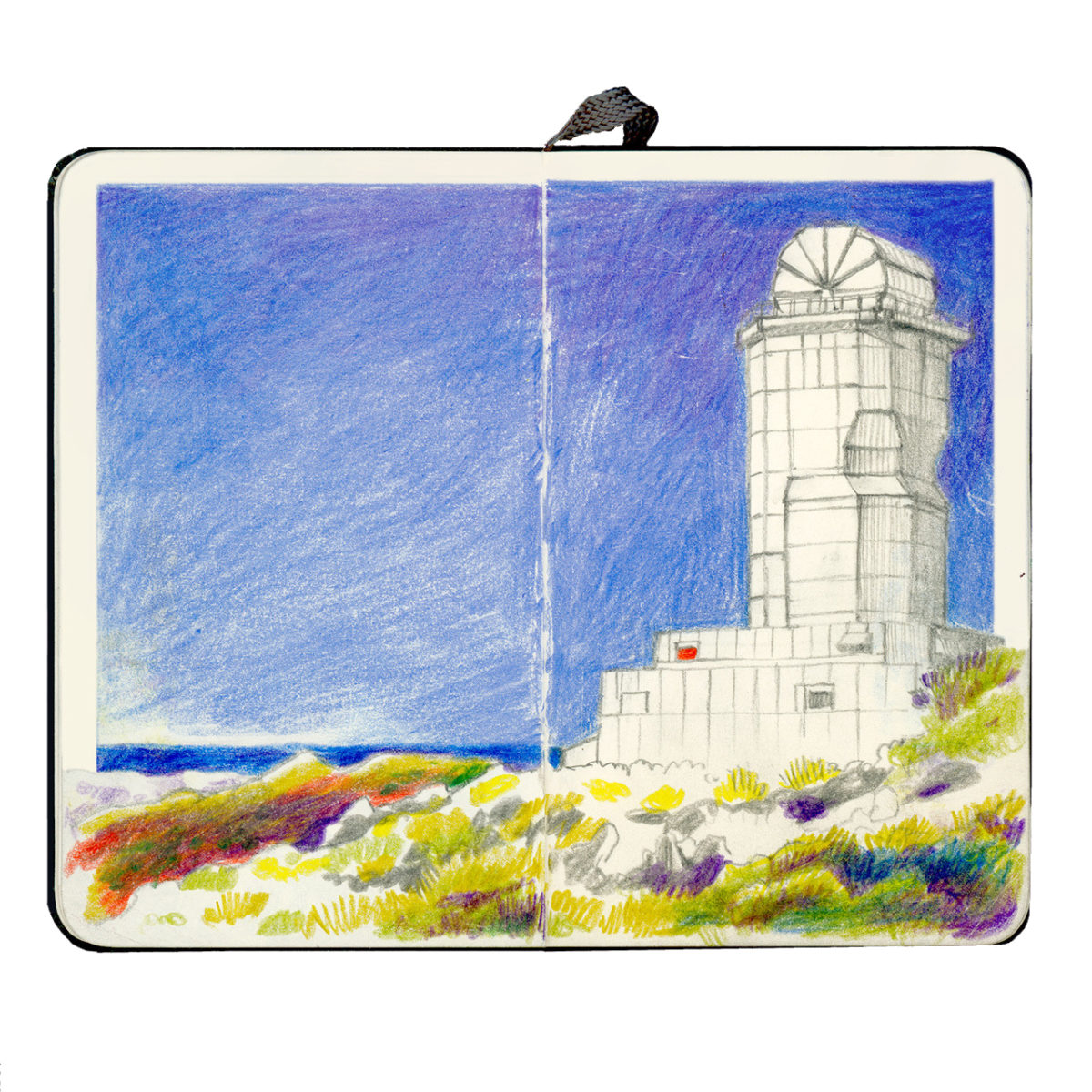
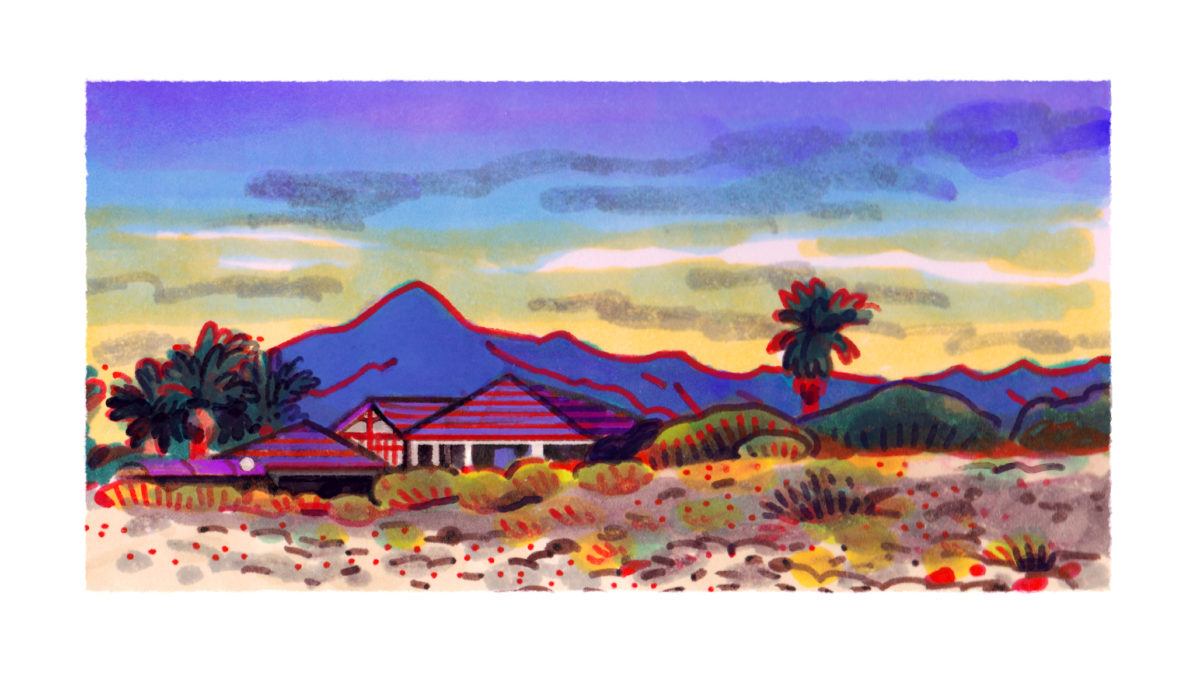
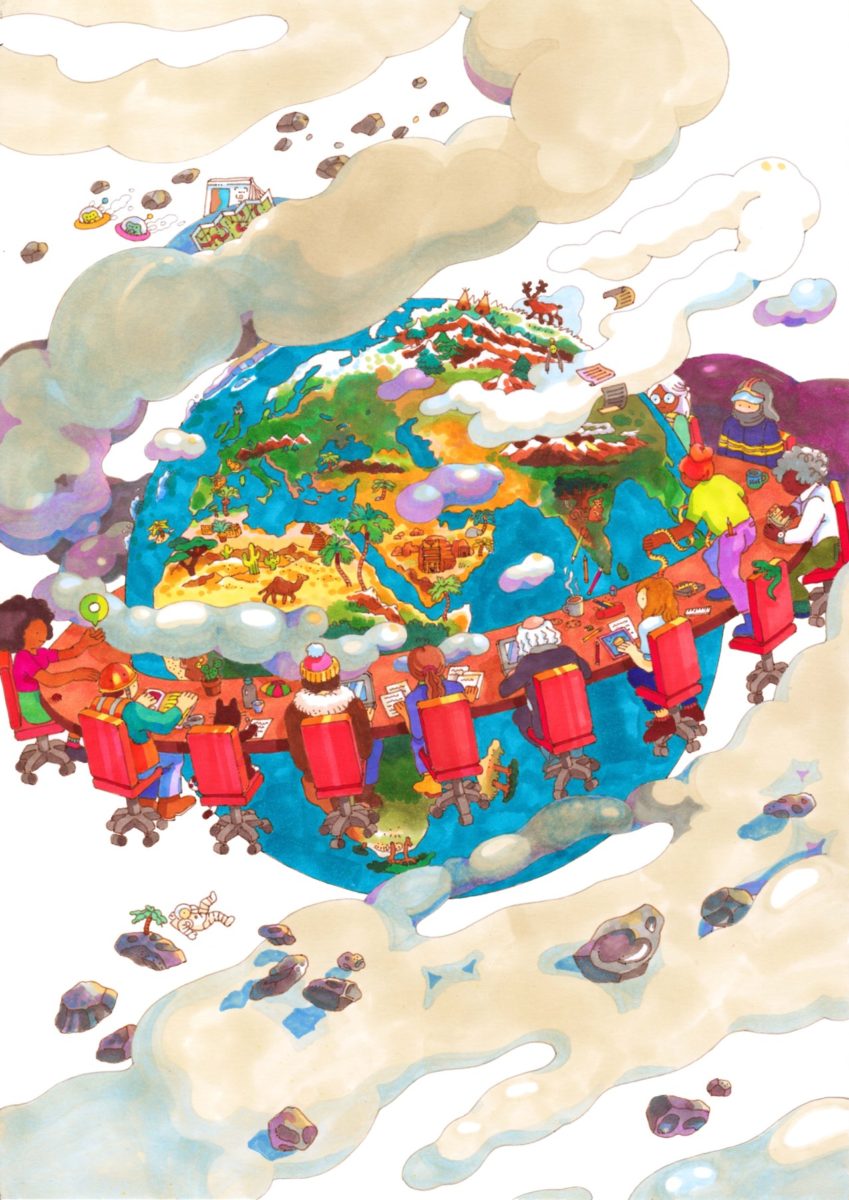
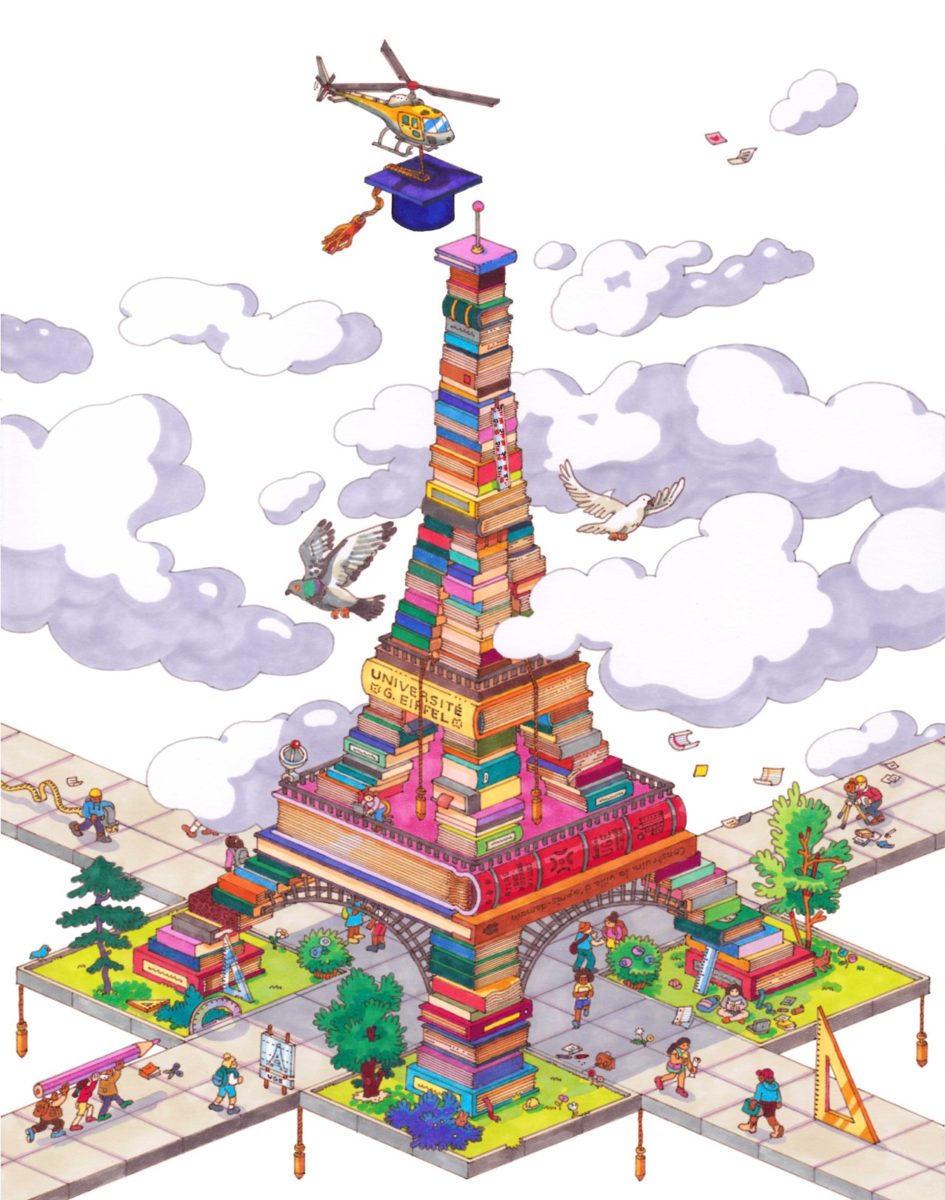

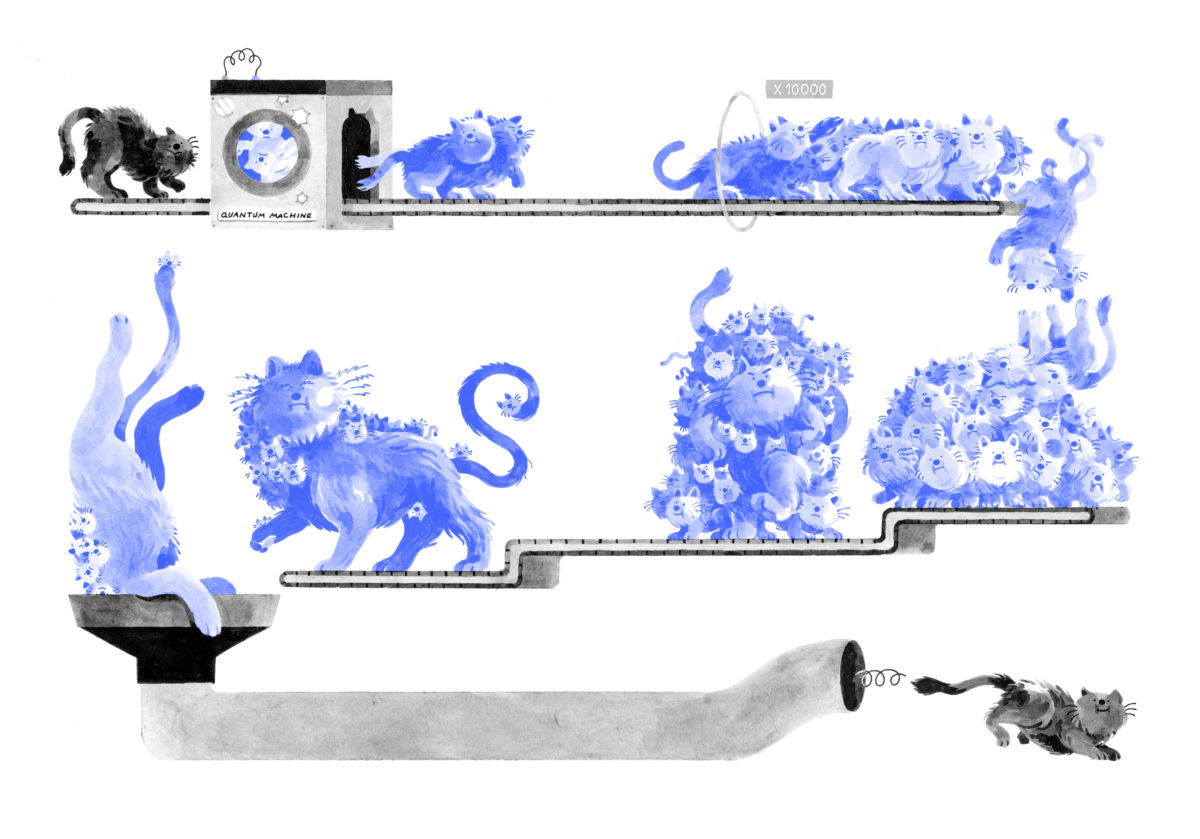
Ève Barlier is a French illustrator. You can follow them on instagram and on twitter.
